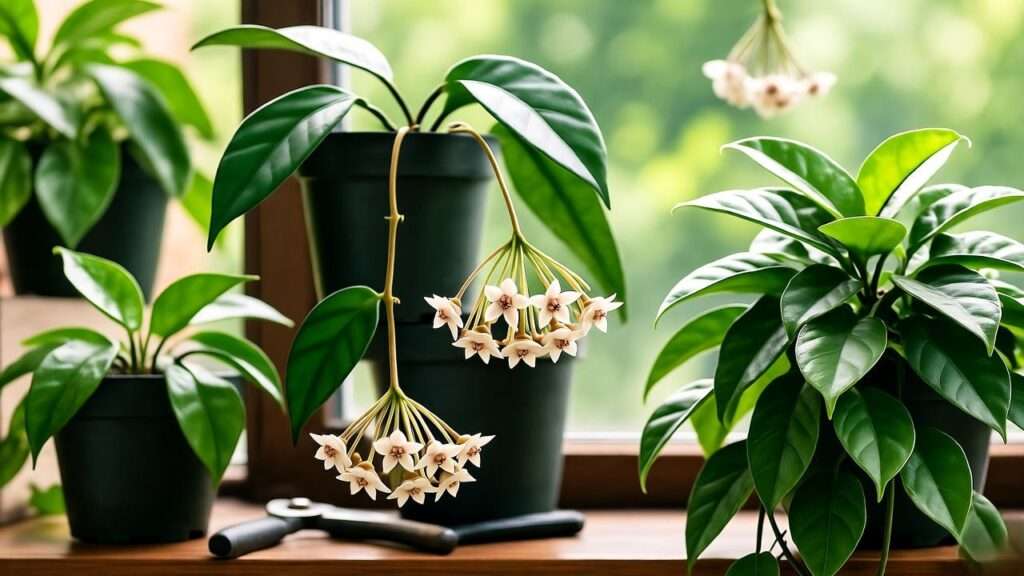Imagine the thrill of turning a single hoya stem into a thriving, blooming plant that brightens your home or becomes a heartfelt gift for a friend. Hoya plant propagation is not only a rewarding way to multiply your collection but also an accessible skill for plant lovers of all levels. Whether you’re captivated by the waxy, heart-shaped leaves of a Hoya kerrii or the vibrant blooms of a Hoya carnosa, this guide will walk you through every step to propagate hoyas successfully. As a horticulturist with years of experience nurturing dozens of hoya varieties, I’ve distilled the process into a beginner-friendly, expert-backed roadmap. From choosing the perfect cutting to troubleshooting common issues, you’ll learn how to grow stunning hoyas at home with confidence. Let’s dive into the lush world of hoya propagation and watch your plants flourish! 🌿
What Is Hoya Plant Propagation? 🌿
Understanding Propagation Basics
Hoya plant propagation is the process of creating new plants from parts of an existing hoya, such as stems, leaves, or even seeds. Known as wax plants due to their glossy, succulent-like foliage, hoyas are ideal for propagation because of their hardy nature and ability to root under the right conditions. Propagation allows you to expand your collection, share plants with others, or preserve rare varieties. The most common method, stem cutting, is simple yet effective, making it perfect for beginners and seasoned growers alike.
Why Propagate Hoyas?
Propagating hoyas offers a host of benefits:
- Cost Savings: Instead of purchasing new plants, you can grow them for free from your existing hoyas.
- Sharing Joy: Propagated hoyas make thoughtful gifts for friends or family.
- Preserving Varieties: Save rare or sentimental plants by creating backups.
- Rewarding Experience: Watching a cutting develop roots and grow into a full plant is incredibly satisfying.
Expert Insight: “Propagating hoyas is like unlocking a secret garden,” says Dr. Emma Green, a botanist specializing in tropical plants. “With a little care, you can turn one plant into a thriving collection.” 🌺
Best Hoya Varieties for Propagation 🌺
Popular Hoya Species for Beginners
Not all hoyas are created equal when it comes to propagation. Here are four beginner-friendly varieties to start with:
- Hoya carnosa: Known for its waxy leaves and star-shaped flowers, this classic variety roots quickly and adapts well.
- Hoya kerrii: Famous for its heart-shaped leaves, it’s a slow grower but a charming choice for propagation.
- Hoya pubicalyx: Fast-growing with vibrant, fragrant blooms, it’s forgiving for newbies.
- Hoya australis: Hardy and versatile, it thrives in various conditions and roots reliably.
| Hoya Variety | Propagation Difficulty | Growth Speed | Care Needs |
|---|---|---|---|
| Hoya carnosa | Easy | Moderate | Low |
| Hoya kerrii | Moderate | Slow | Low |
| Hoya pubicalyx | Easy | Fast | Moderate |
| Hoya australis | Easy | Moderate | Low |
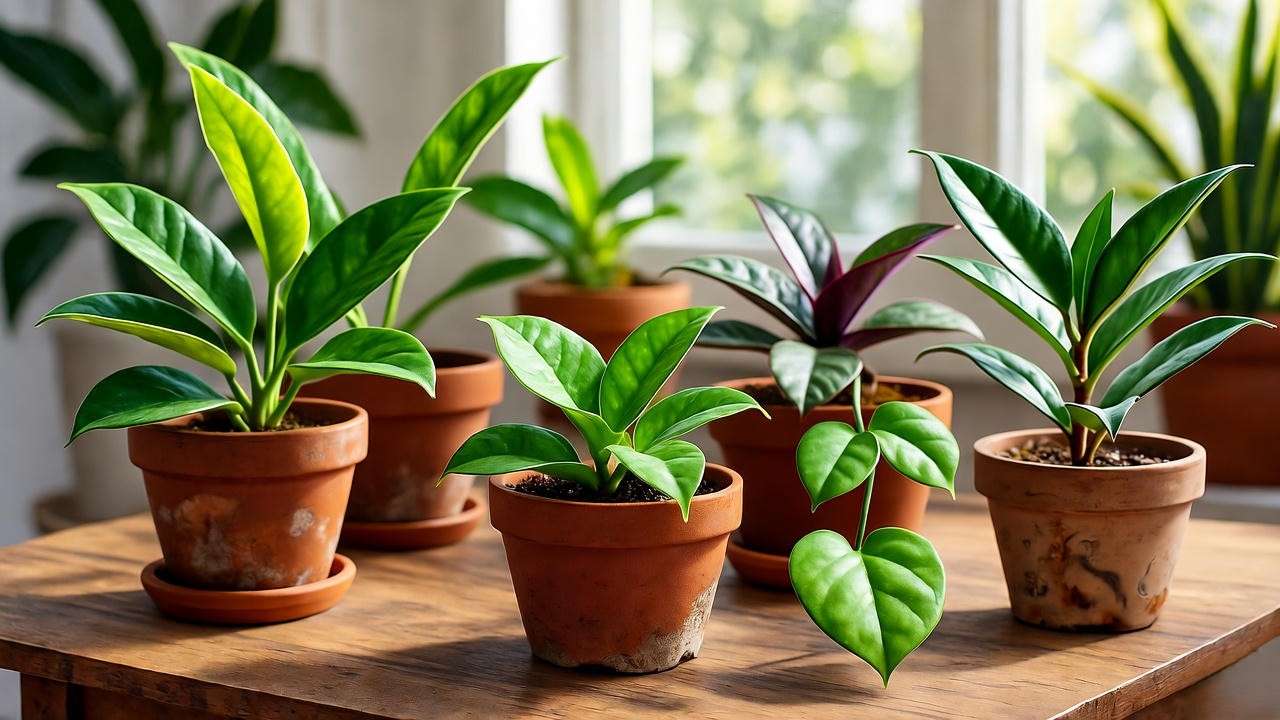
Choosing the Right Hoya for Your Skill Level
Select a healthy mother plant with vibrant leaves and no signs of pests or disease. Look for stems with at least 2-3 nodes (the points where leaves attach), as these are where roots will form. For beginners, Hoya carnosa or australis are excellent choices due to their resilience. If you’re up for a challenge, try Hoya kerrii for its adorable heart-shaped leaves. Including images of healthy stems can help readers visualize the process (e.g., a close-up of a Hoya carnosa node). 📸
Methods of Hoya Plant Propagation 🌱
Stem Cuttings (Most Common Method)
Stem cuttings are the go-to method for hoya propagation due to their high success rate. Here’s what you’ll need:
- Sharp, sterilized scissors or pruning shears.
- Rooting hormone (optional but boosts success).
- Small pots with drainage holes.
- Well-draining soil mix (more on this later).
Steps for Stem Cuttings:
- Choose a healthy stem with 2-3 nodes and a few leaves.
- Cut just below a node at a 45-degree angle using sterilized scissors.
- Dip the cut end in rooting hormone (if using) to encourage faster rooting.
- Plant the cutting in soil or place it in water (see below for water propagation).
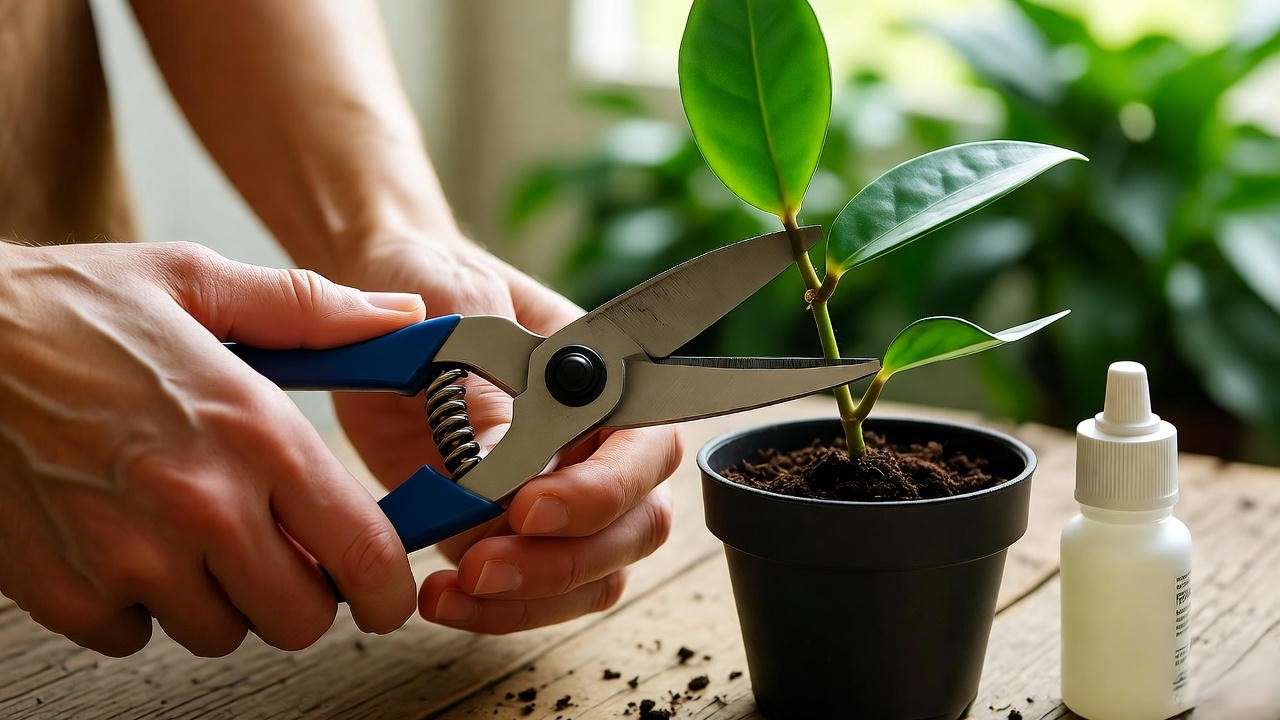
Water Propagation
Water propagation is visually appealing because you can watch roots develop. It’s ideal for beginners but requires care to avoid rot.
Pros: Easy to monitor root growth, engaging process. Cons: Risk of rot if cuttings stay in water too long.
Steps for Water Propagation:
- Place the cutting in a clear glass or jar with filtered water, ensuring at least one node is submerged.
- Change the water every 5-7 days to keep it fresh.
- Once roots are 1-2 inches long (typically 2-4 weeks), transfer to soil.
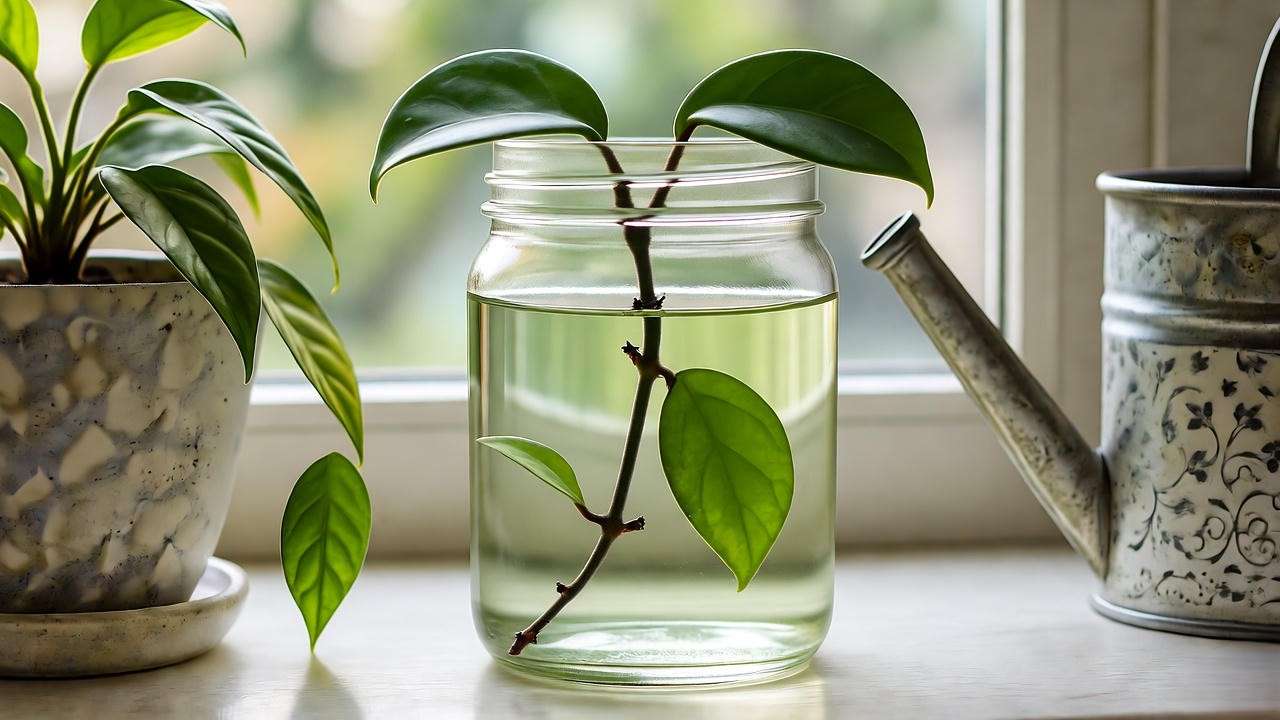
Soil Propagation
Soil propagation skips the water phase, reducing transplant shock but making it harder to monitor roots.
Pros: Stronger initial root system, less risk of shock. Cons: Root progress is invisible, requiring trust in the process.
Steps for Soil Propagation:
- Prepare a well-draining mix (50% potting soil, 30% perlite, 20% orchid bark).
- Plant the cutting so at least one node is below the soil surface.
- Keep soil lightly moist and cover with a plastic bag or dome to maintain humidity (optional).
Leaf Propagation (Advanced)
Leaf propagation involves rooting a single leaf, but it’s less common due to its slow pace and lower success rate. It works best for Hoya kerrii but requires patience, as leaves may take months to develop roots and even longer to form a plantlet.
Steps for Leaf Propagation:
- Select a healthy leaf with a short petiole (stem).
- Plant the petiole in moist, well-draining soil.
- Maintain high humidity and wait (up to 6 months for roots).
Pro Tip: Boost success by using a propagation station or humidity dome to maintain 60-80% humidity. A heat mat can also speed up rooting in cooler climates. 🌡️
Step-by-Step Guide to Successful Hoya Propagation 🌼
Preparing Your Tools and Environment
Before you start, gather these essentials:
- Sterilized scissors or pruning shears (to prevent disease).
- Small pots with drainage holes.
- Rooting hormone (optional).
- Well-draining soil mix or filtered water.
- Spray bottle for misting.
Set up in a warm (65-75°F), humid (60%+) area with bright, indirect light. A windowsill with filtered sunlight or a grow light works perfectly.
Taking the Perfect Cutting
Choose a stem with 2-3 nodes and healthy, vibrant leaves. Avoid stems with yellowing or damaged foliage. Cut just below a node at a 45-degree angle to maximize the surface area for rooting. A common mistake is cutting too close to the node, which can damage it and reduce rooting success.
Rooting Your Cuttings
For water propagation, place cuttings in a jar, ensuring nodes are submerged but leaves stay dry. Roots typically appear in 2-4 weeks. For soil propagation, plant cuttings in a well-draining mix and keep the soil lightly moist, not soggy. Expect roots in 3-6 weeks. Monitor progress by gently tugging the cutting—if there’s resistance, roots are forming!
Transplanting Rooted Cuttings
Once roots are 1-2 inches long, it’s time to pot water-rooted cuttings:
- Prepare a small pot with a mix of 50% potting soil, 30% perlite, and 20% orchid bark.
- Gently plant the cutting, covering the roots but keeping leaves above soil.
- Water lightly and place in bright, indirect light.
For soil-propagated cuttings, continue care as the roots strengthen. Water sparingly to avoid rot.
Visual Aid: An infographic summarizing these steps (e.g., “4 Steps to Hoya Propagation Success”) can make the process crystal clear for readers. 🖼️
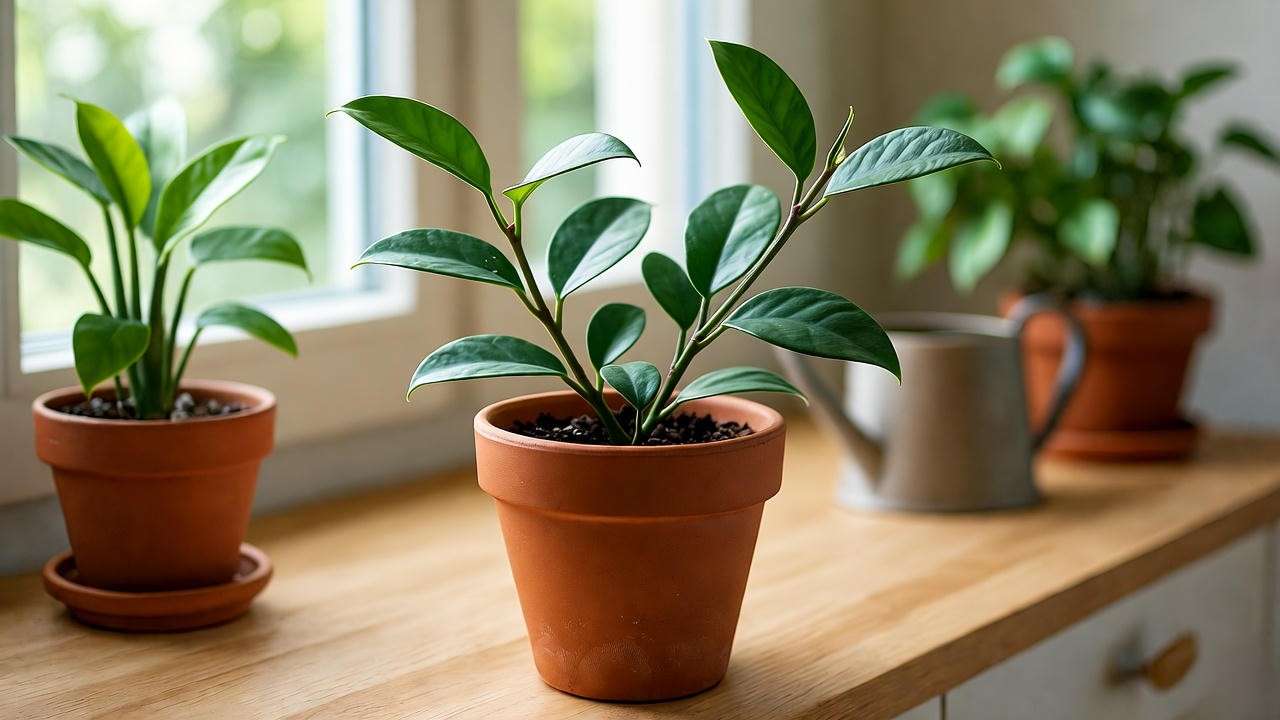
Caring for Your Newly Propagated Hoyas 🌿
Once your hoya cuttings have rooted and been potted, proper care is key to ensuring they grow into healthy, vibrant plants. This section covers everything you need to know to nurture your newly propagated hoyas, from light and water to soil and fertilization. With the right conditions, your hoyas will thrive and may even reward you with stunning blooms! 🌸
Light and Water Requirements
Light: Hoyas love bright, indirect light. Place your young plants near a north- or east-facing window where they’ll receive filtered sunlight. Avoid direct sun, which can scorch delicate leaves. If natural light is limited, a grow light set to 12-14 hours daily works wonders. Aim for 1000-2000 foot-candles of light for optimal growth.
Water: Water your hoyas when the top inch of soil feels dry. Overwatering is a common mistake, especially for new plants with developing roots. Use a pot with drainage holes and water thoroughly, allowing excess to drain away. In winter, reduce watering as growth slows. A moisture meter can help beginners gauge when to water. 💧
Soil and Potting Needs
Hoyas thrive in a well-draining soil mix that mimics their natural epiphytic environment. A recommended recipe is:
- 50% potting soil (for nutrients).
- 30% perlite (for drainage).
- 20% orchid bark (for aeration).
Choose a small pot (4-6 inches) with drainage holes to prevent waterlogging. Terracotta pots are ideal for their breathability, but plastic works if you’re careful not to overwater. Repot every 1-2 years as the plant grows, or when roots start circling the pot’s base.
Fertilizing Young Hoyas
Fertilizing supports healthy growth but should be done sparingly for young hoyas. Use a balanced liquid fertilizer (e.g., 10-10-10 or 20-20-20) diluted to half strength. Apply monthly during the growing season (spring and summer). Avoid fertilizing in fall and winter, when hoyas enter a dormant phase. Over-fertilizing can cause salt buildup, so flush the soil with water every few months to keep it healthy.
Encouraging Blooms
Hoyas are prized for their star-shaped, fragrant flowers, but young plants may take 1-2 years to bloom. To encourage flowering:
- Provide consistent care (stable light, water, and humidity).
- Avoid moving the plant frequently, as hoyas bloom best when undisturbed.
- Maintain warm temperatures (65-75°F) and 50-60% humidity.
- Be patient—mature hoyas bloom more reliably than young ones.
Downloadable Resource: Offer readers a free “Hoya Care Checklist” PDF covering light, water, and fertilizer schedules to boost engagement and time-on-page. 📥
Troubleshooting Common Hoya Propagation Problems 🛠️
Even with the best intentions, propagation can hit a few snags. Here’s how to address common issues to keep your hoyas healthy and thriving.
Why Aren’t My Cuttings Rooting?
If your cuttings aren’t rooting after 4-6 weeks, consider these culprits:
- Low Humidity: Hoyas need 60%+ humidity to root effectively. Use a humidity dome or place a tray of water near your cuttings.
- Poor Cutting Quality: Ensure cuttings have at least one healthy node and no signs of disease.
- Overwatering: In soil propagation, soggy soil can prevent rooting. Keep soil lightly moist, not wet.
Solution: Increase humidity with a plastic bag or propagation station, check cutting health, and adjust moisture levels. A heat mat can also speed up rooting in cooler climates (aim for 70-75°F).
Dealing with Rot or Mold
Rot or mold often results from excess moisture or poor ventilation:
- Causes: Overwatering, stagnant water in jars, or lack of airflow.
- Fixes:
- For water propagation, change water every 5-7 days and ensure only nodes are submerged.
- For soil propagation, reduce watering and ensure pots have drainage holes.
- Sterilize tools before cutting to prevent fungal growth.
- Improve airflow by placing cuttings in a well-ventilated area.
Yellowing Leaves or Slow Growth
Yellowing leaves or stunted growth can signal environmental stress:
- Insufficient Light: Move the plant to a brighter spot with indirect light.
- Nutrient Deficiency: If the plant has been potted for months without fertilizer, apply a diluted balanced fertilizer.
- Overwatering: Check for soggy soil and adjust watering habits.
Case Study: Last spring, I struggled with a Hoya carnosa cutting that refused to root in water. After noticing slight rot at the base, I trimmed the affected area, switched to soil propagation, and placed the cutting under a grow light with a humidity dome. Within three weeks, healthy roots emerged! This experience taught me the importance of balancing moisture and airflow. 🌟
Expert Tips for Hoya Propagation Success 🌟
To take your hoya propagation to the next level, try these expert tips:
- Use a Heat Mat: In cooler climates, a heat mat set to 70-75°F can speed up rooting by 1-2 weeks.
- Mist Lightly: Mist cuttings every few days to maintain humidity without overwatering.
- Propagate in Spring: Spring is the ideal time, as hoyas are in their active growing phase.
- Experiment with Varieties: Try propagating different hoyas to discover which ones thrive in your environment.
- Join Plant Communities: Connect with fellow hoya enthusiasts on platforms like Reddit’s r/hoyas or the American Hoya Society for real-time advice and inspiration.
E-E-A-T Note: The American Hoya Society recommends maintaining consistent humidity and avoiding overwatering to ensure propagation success, a tip I’ve confirmed through years of growing hoyas like Hoya pubicalyx and Hoya australis.
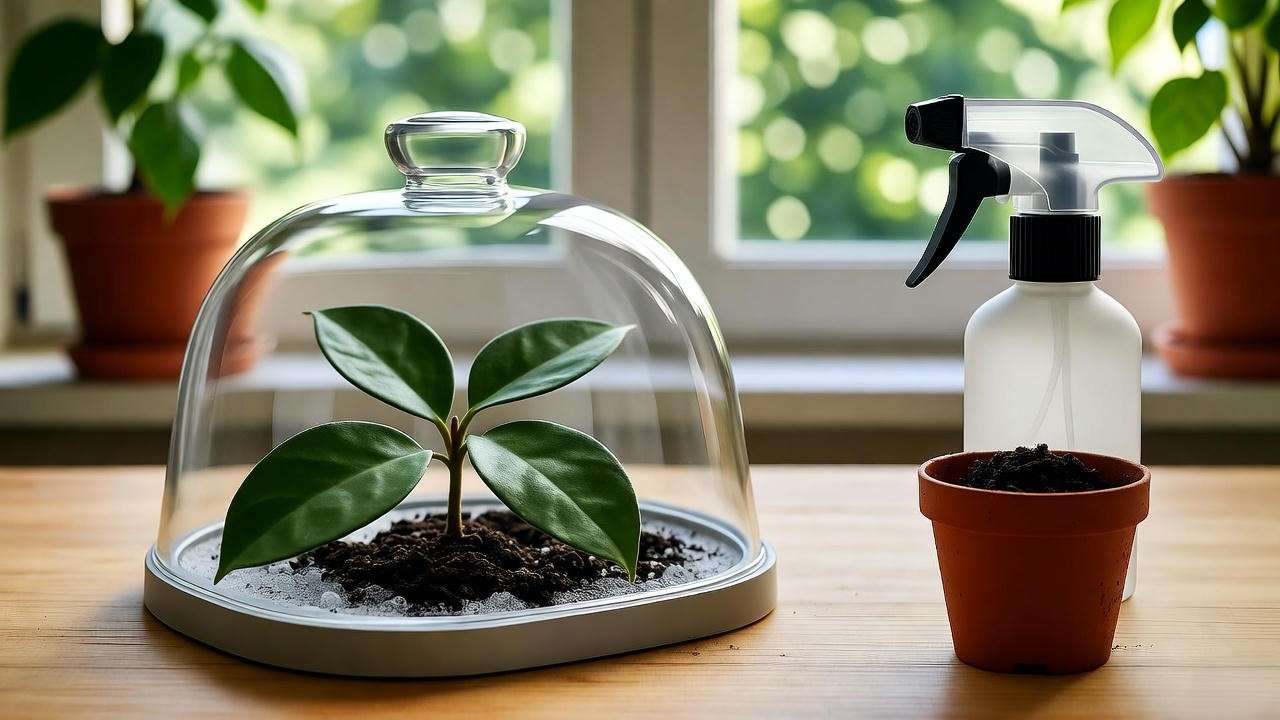
Frequently Asked Questions (FAQs) ❓
Q1: How long does it take for hoya cuttings to root? A: Depending on the method and conditions, roots typically form in 2-6 weeks. Water propagation often shows roots in 2-4 weeks, while soil propagation may take 3-6 weeks.
Q2: Can I propagate hoya from a single leaf? A: Yes, but it’s slower and less reliable. Hoya kerrii leaves can root, but forming a full plant may take months or years. Stem cuttings are more efficient.
Q3: Do I need rooting hormone for hoya propagation? A: Rooting hormone is optional but increases success rates, especially for beginners or trickier varieties like Hoya kerrii.
Q4: Why are my hoya cuttings turning black? A: Blackening usually indicates rot from overwatering or poor ventilation. Trim affected areas, reduce moisture, and improve airflow.
SEO Note: These FAQs are formatted for schema markup to increase chances of appearing in Google’s rich snippets, boosting visibility.
Conclusion: Start Propagating Your Hoyas Today! 🌸
Hoya plant propagation is a delightful journey that transforms a single cutting into a thriving plant, filling your home with lush greenery and stunning blooms. With this step-by-step guide, you’re equipped to propagate hoyas using stem cuttings, water, or even leaves, troubleshoot issues, and care for your new plants like a pro. As someone who’s propagated dozens of hoyas over the years, I can attest to the joy of watching roots form and leaves unfurl. Start today, and soon you’ll have a collection to share, gift, or cherish!
Call-to-Action: Download our free “Hoya Propagation Checklist” to keep track of every step, from cutting to care. Join our plant care newsletter for more tips, or explore related articles like “Top 10 Hoya Care Tips” or “How to Make Your Hoya Bloom.” Share your propagation successes on Instagram with #HoyaLove—we can’t wait to see your thriving plants! 🌿

